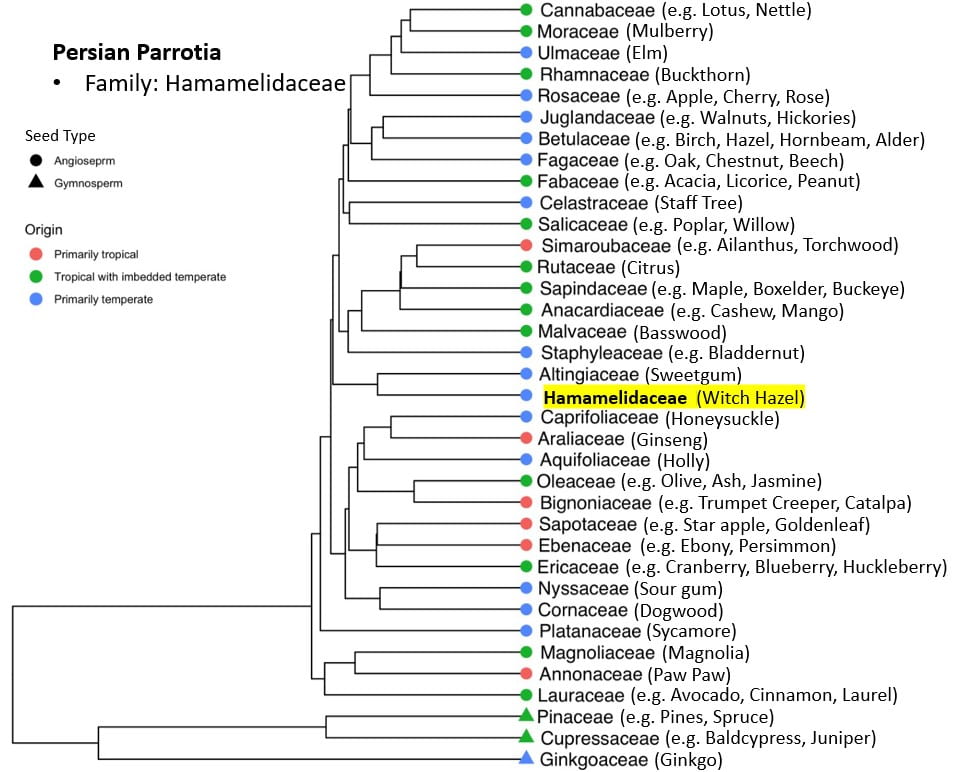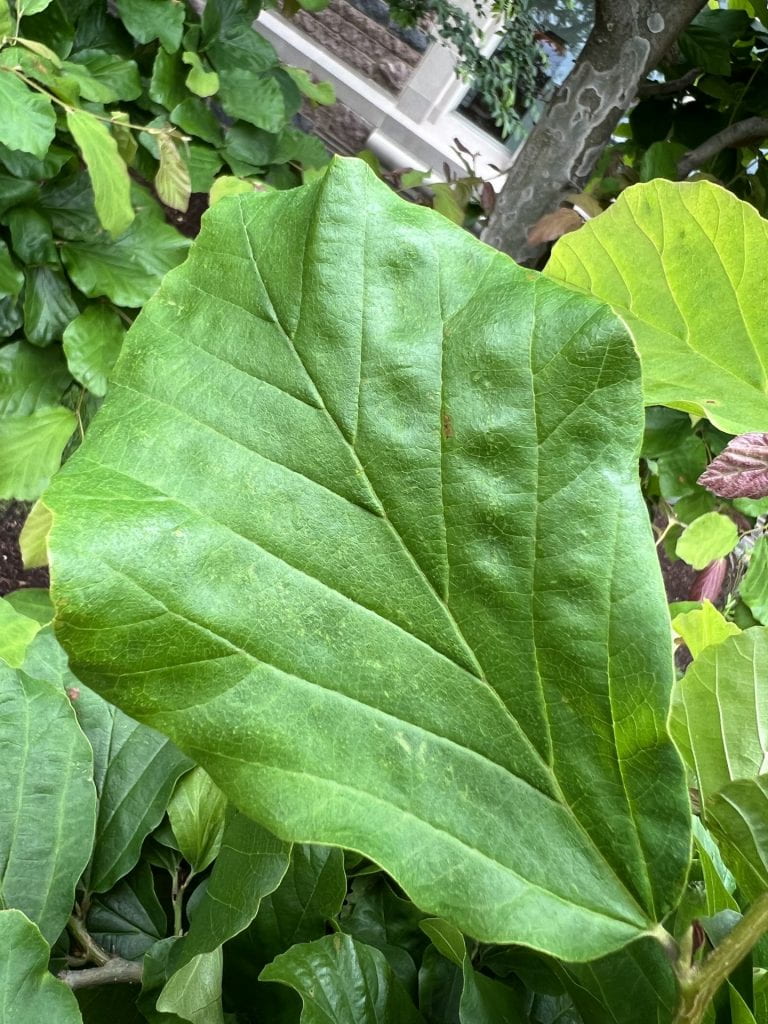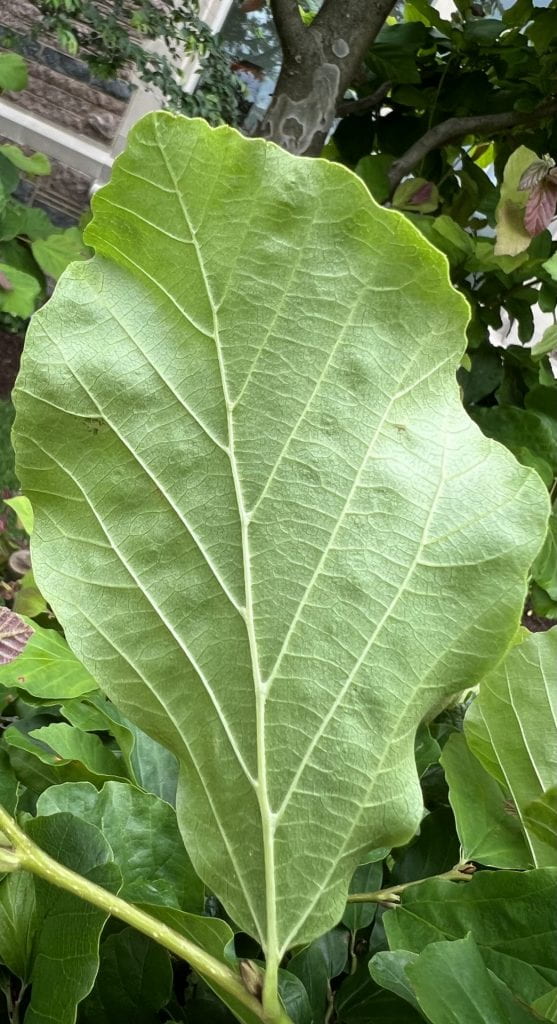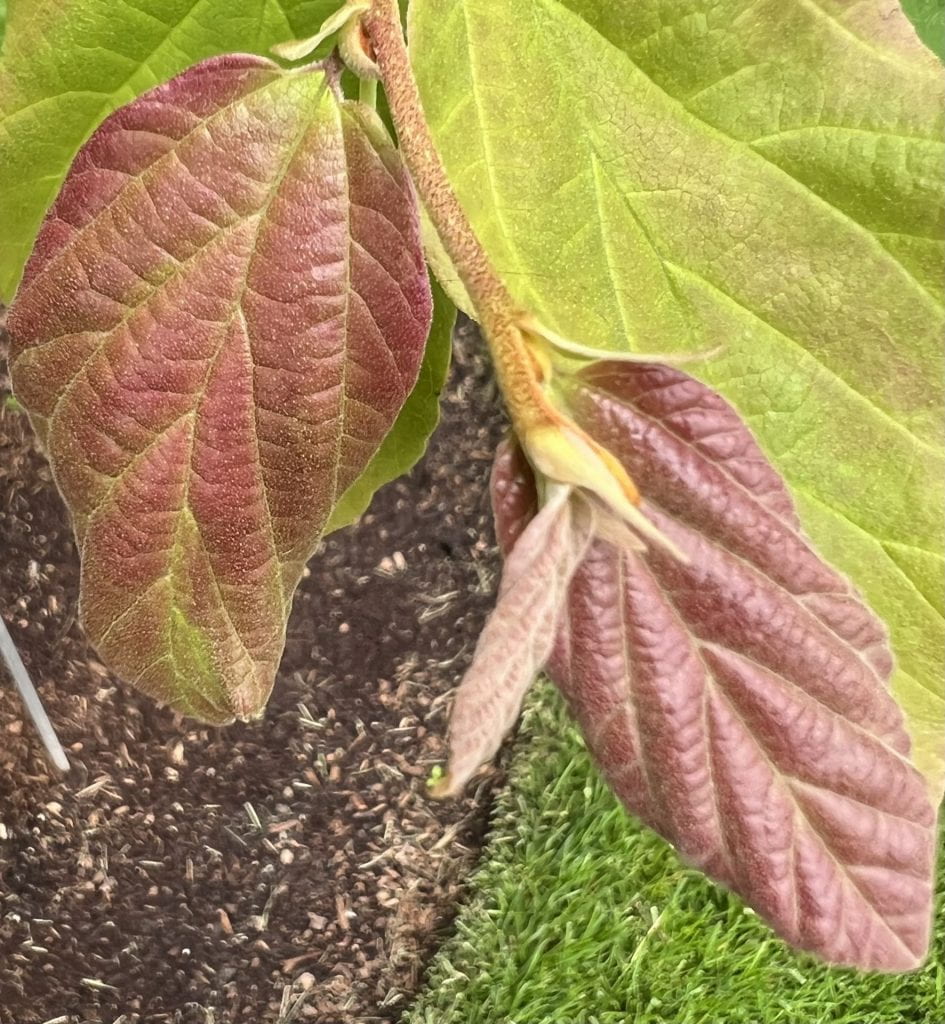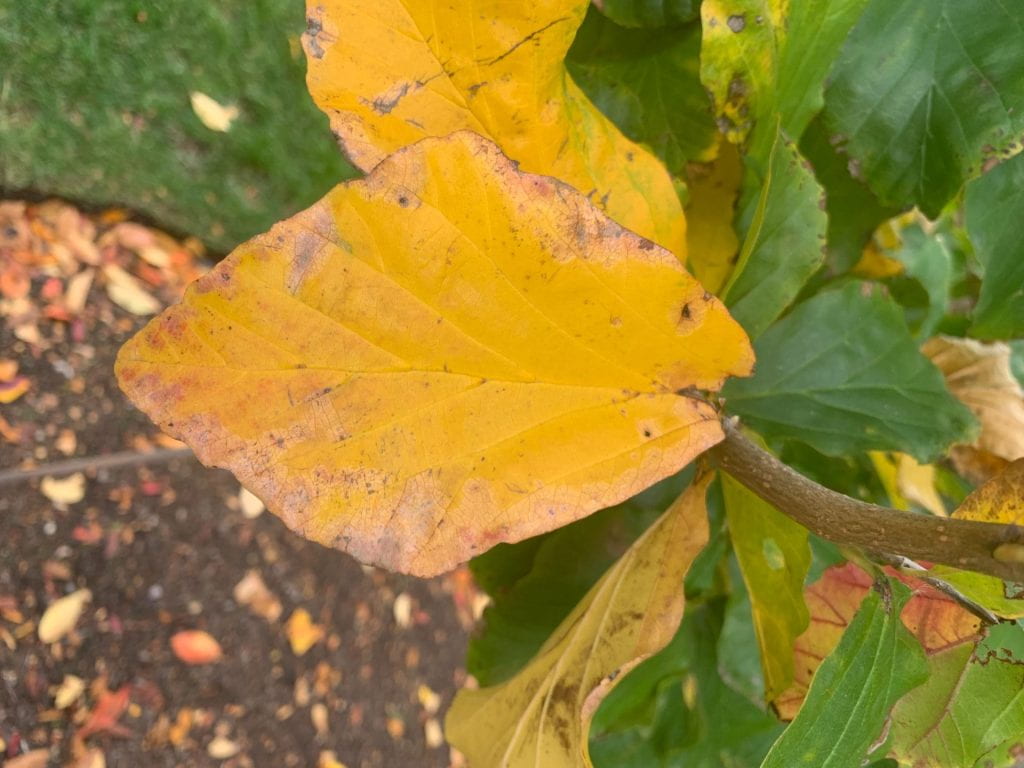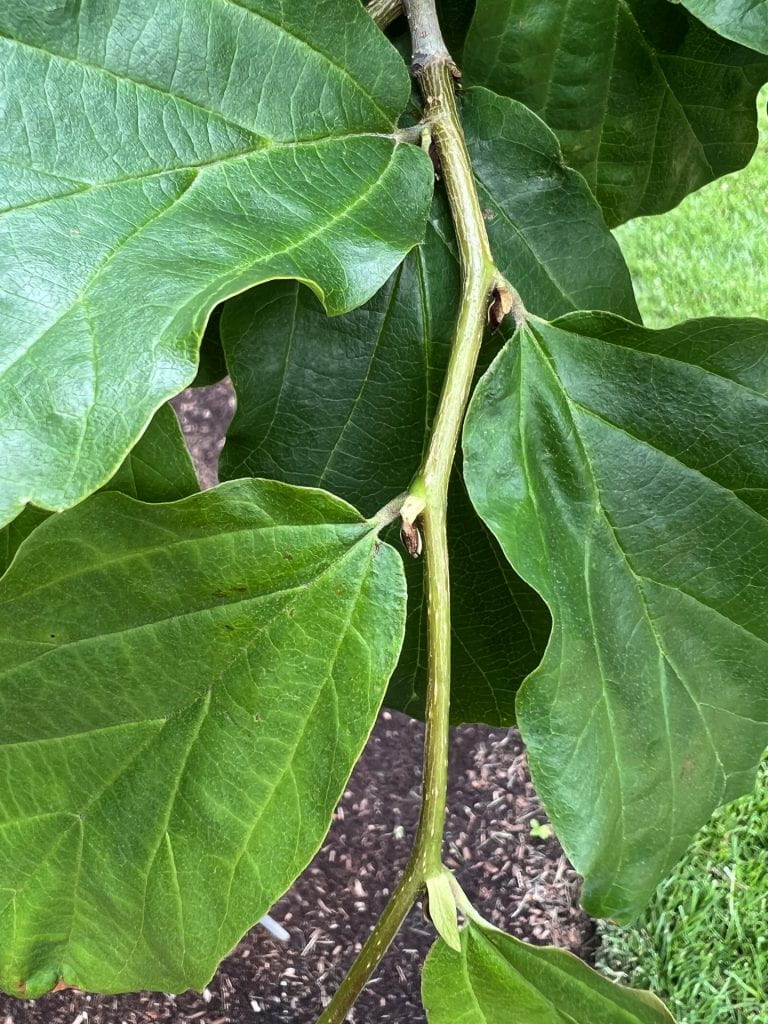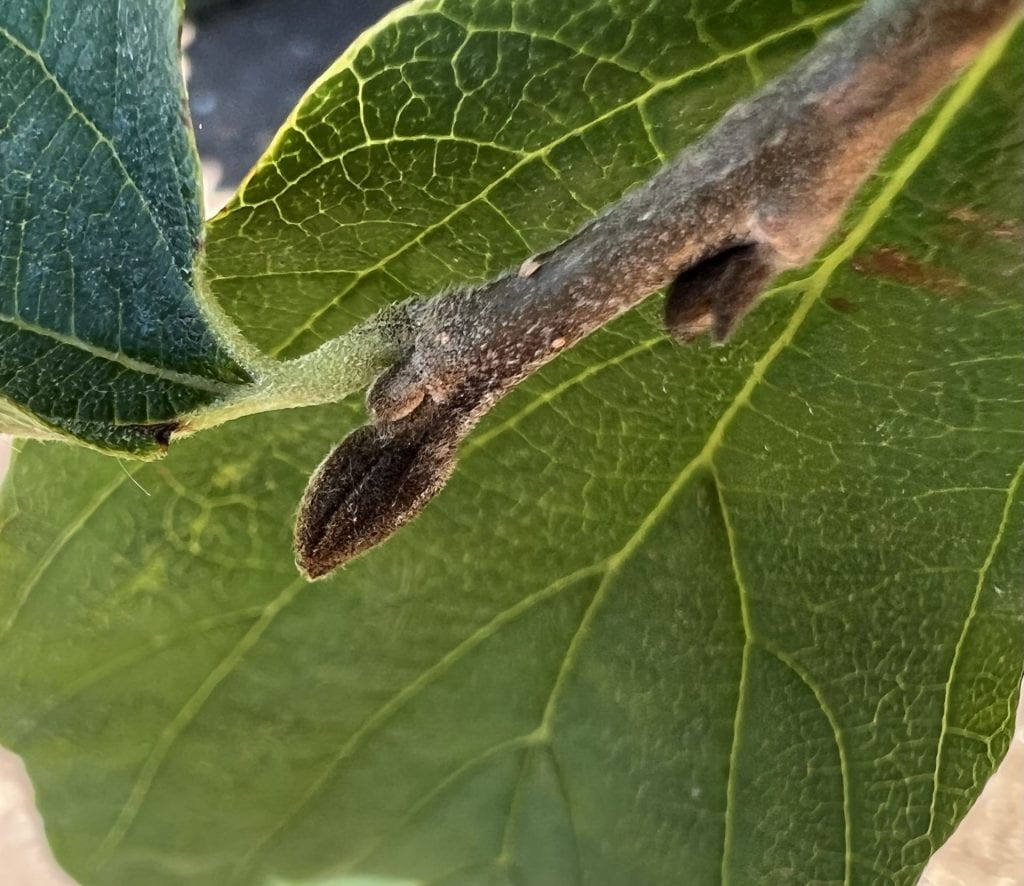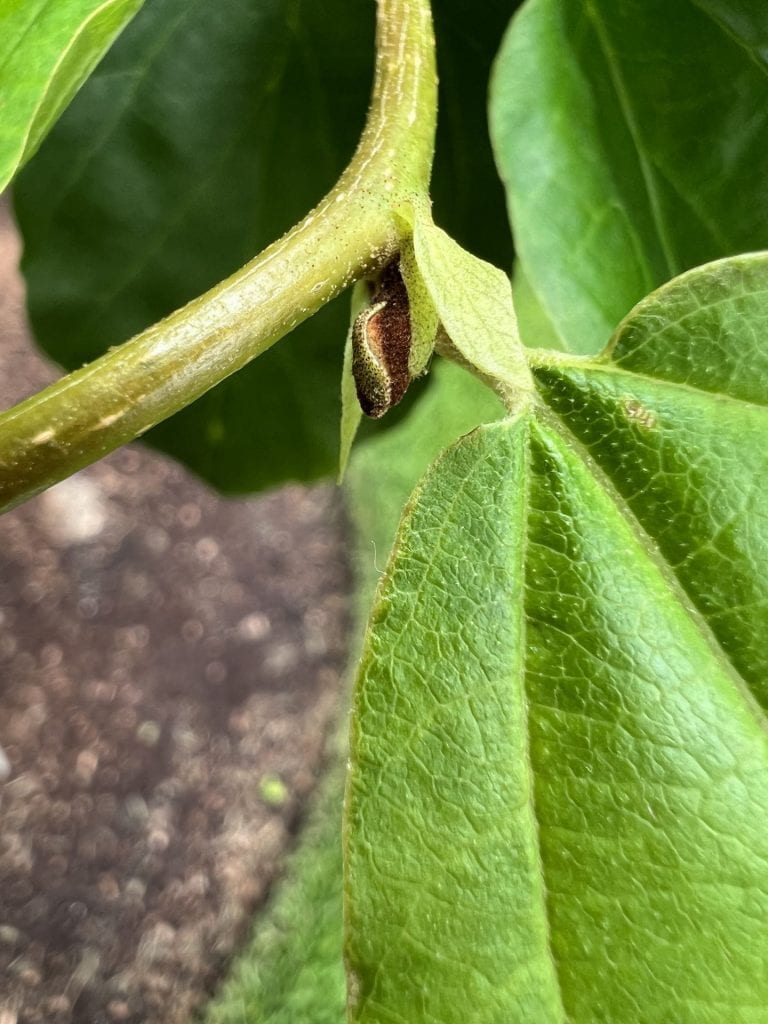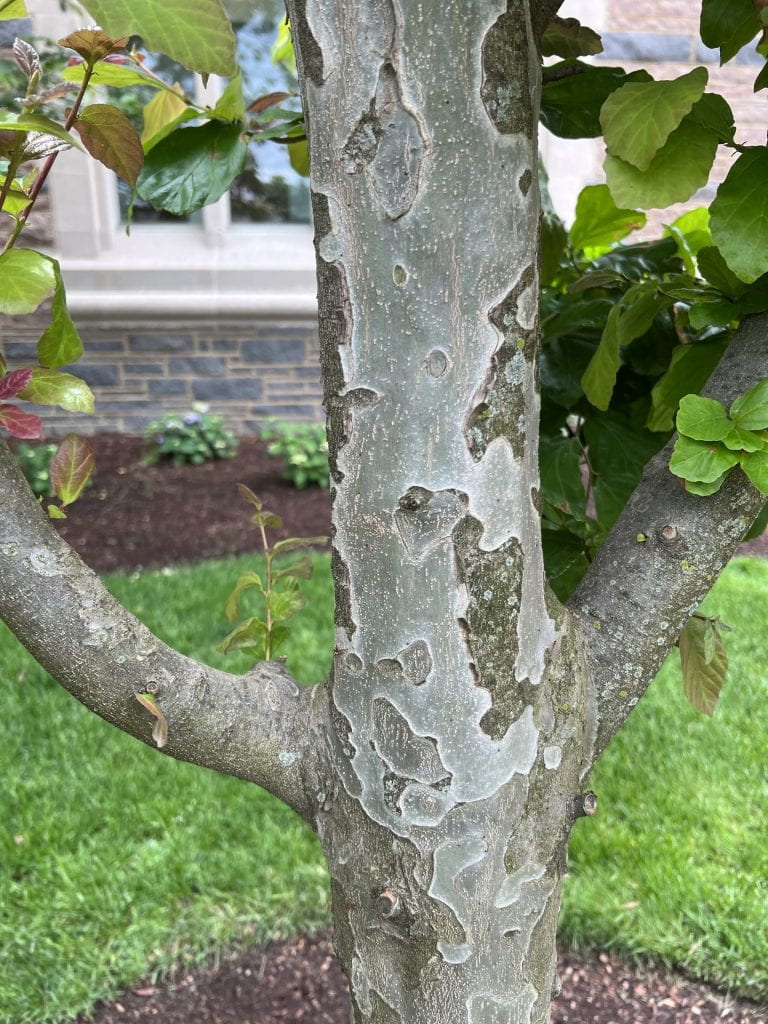Persian Parrotia
Arbor Walk #1, Treekeeper ID #2642
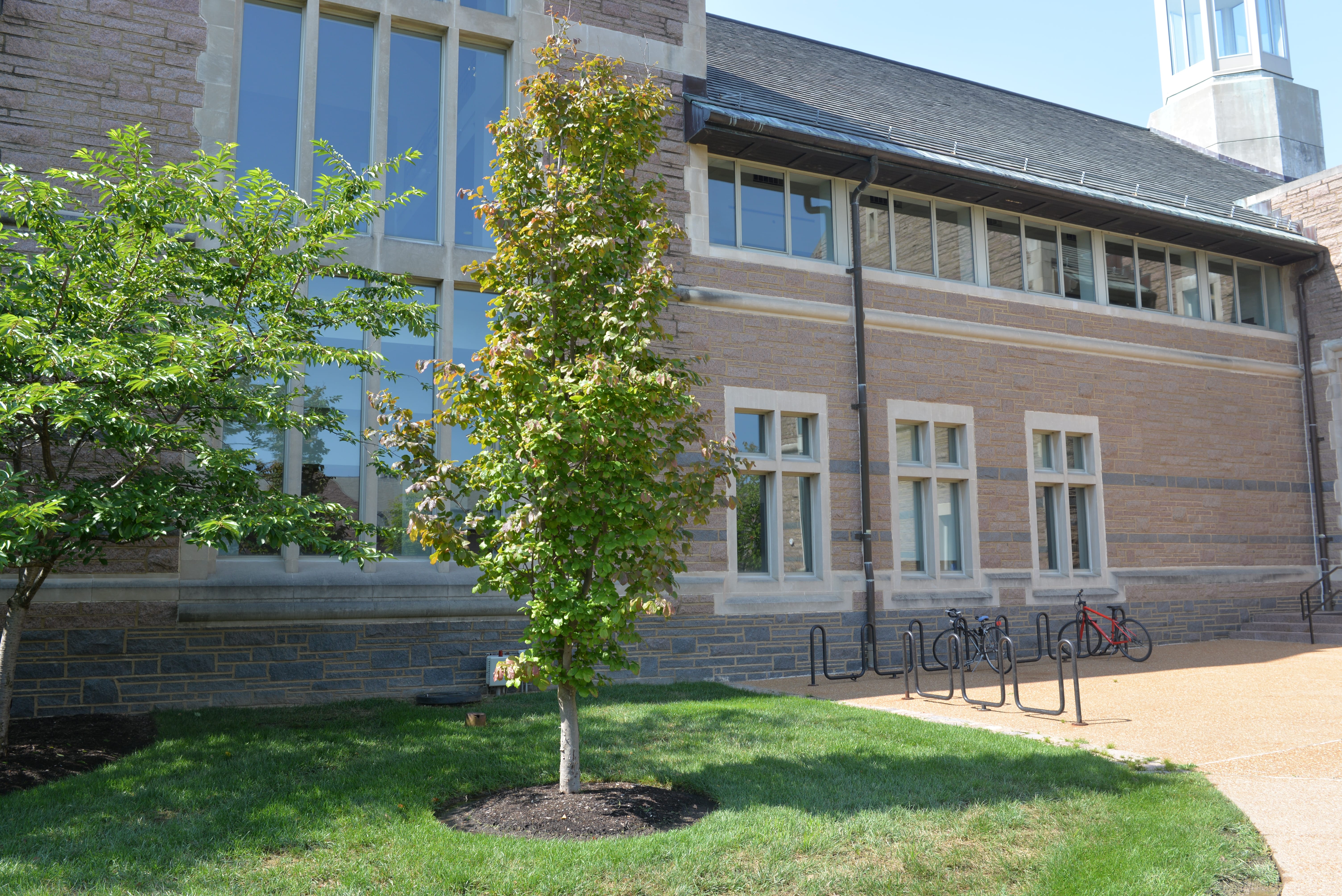
Also known as the Persian ironwood, the Persian Parrotia is known for its exfoliating bark which is particularly noticeable in the winter. When young, its leaves are reddish purple, and as it matures they will become dark green in the summer and yellow, orange, and red in the fall. It has a high tolerance to stressful conditions and is at a relatively low risk for diseases and pests. In addition, it is a member of the Hamamelidaceae, making it a relative of the Witch Hazels. This tree is native to Iran but is frequently cultivated in the U.S. and in Europe due to its resilient nature.

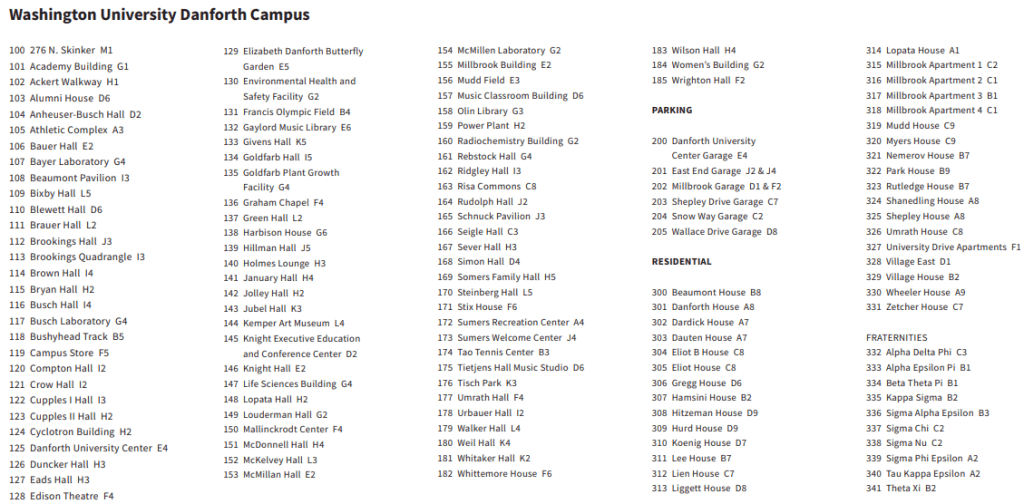
GPS Coordinates
N/A
Percent Concrete
N/A
Distance to Buildings
| Year | Close Building #1 | Close Building #2 | Close Building #3 |
|---|---|---|---|
| 2020 | Simon Hall, 5.61 m | Danforth University Center, 40.55 m | Seigle Hall, 111.46 m |
Distance to Other Species
| Year | Close Species #1 | Close Species # 2 | Close Species # 3 |
|---|---|---|---|
| 2020 | Cherry ssp., 4.96 m | Cherry ssp., 7.89 m | Cherry ssp., 9.68 m |
Standard Measurements
| Year | Height (m) | DBH (cm) | Caliper (m) | Crown Diameter N-S (m) | Crown Diameter E-W (m) | Average Crown Diameter (m) |
|---|---|---|---|---|---|---|
| 2020 | 5.5118 | 8.8 | N/A | 2.24 | 2.54 | 2.39 |
| 2023 | 6.99 | 10.7 | N/A | 2.78 | 2.28 | 2.53 |
Nests and Pests
| Year | Description |
|---|---|
| 2020 | Webworm on one branch ‘Stained’ bark ridge Algae and lichen |
Leaf Identification
The leaves of the Persian Parrotia are 2 1/2″ to 5″ long and 1″ to 2 1/2″ wide with an obovate shape, a slightly hair texture, and an irregular wavy margin. They are a reddish purple color when young and change to a lustrous green color when mature. The fall foliage is a combination of yellows, oranges, and reds.
Twig and Bud Identification
The twig is zig zag and matures from green and striped to gray-brown. The buds are pointed and dark brown, with dense, short hairs. The terminal bud is shaped like a deer’s hoof.
Bark Identification
The bark of the Persian Parrotia exfoliates, with numerous white lenticels. It has blotches of light gray-green and olive green-brown.
Fruit Identification
The fruit of the Persian Parrotia is a small brown capsule that is dehiscent and will eject the seed once mature .
[photo forthcoming]
Flower Identification
The flowers of the Persian Parrotia are maroon to red and apetalous (without petals). They hang in clusters and flower in late winter.
[photo forthcoming]
